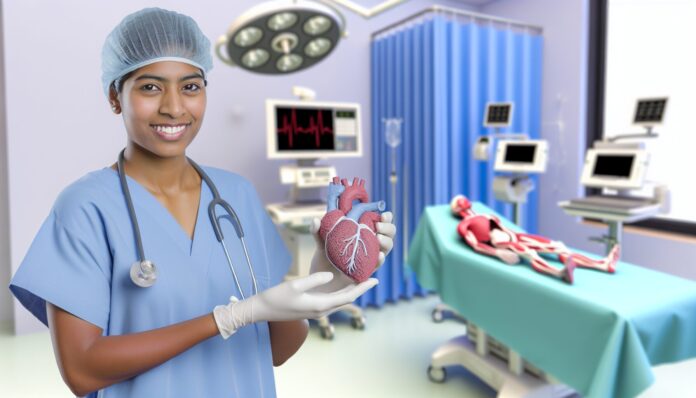At the Ralph H. Johnson VA Health Care System in Charleston, South Carolina, 3D printing is no longer just a futuristic concept—it’s a practical tool that’s reshaping the way surgeries are planned and performed. By turning medical scans into tangible models, surgeons are gaining new insights that improve outcomes and reduce risks for veterans.
3D Printing in Healthcare: A New Era of Surgical Planning
3D printing, also known as additive manufacturing, has found a powerful application in the medical field. At VA Charleston, the technology is being used to convert CT and MRI scans into detailed, physical models of patients’ anatomy. These models allow surgeons to visualize complex structures, such as tumors or vascular systems, in three dimensions before making a single incision.
Dr. Ryan Maves, an infectious disease specialist at VA Charleston, emphasized the value of this approach: “Being able to hold a model of a patient’s organ in your hands before surgery gives you a level of understanding that 2D images simply can’t provide.”
These 3D-printed models are particularly useful in planning intricate procedures, such as reconstructive surgeries or tumor removals. By studying the model beforehand, surgeons can anticipate challenges, reduce time in the operating room, and improve surgical precision.
Improving Patient Outcomes and Reducing Risk
One of the most significant benefits of 3D printing in surgery is its impact on patient safety and recovery. With better preoperative planning, surgeons can minimize complications and shorten recovery times. For veterans, who often face complex medical conditions, this can make a life-changing difference.
In one case, a veteran with a rare vascular condition underwent a high-risk surgery that was meticulously planned using a 3D-printed model of his arteries. The surgical team was able to rehearse the procedure in advance, leading to a successful outcome with fewer complications.
“It’s like having a GPS for surgery,” said Dr. Maves. “You know exactly where you’re going and what to expect.”
Training the Next Generation of Surgeons
Beyond the operating room, 3D printing is also playing a vital role in medical education. At VA Charleston, residents and medical students use printed anatomical models to practice procedures and study complex cases. This hands-on experience enhances their understanding and prepares them for real-world challenges.
“These models are invaluable for teaching,” said Dr. Maves. “They allow students to explore anatomy in a way that textbooks and digital images can’t replicate.”
By integrating 3D printing into its training programs, VA Charleston is helping to cultivate a new generation of highly skilled, tech-savvy medical professionals.
The Future of 3D Printing in VA Healthcare
VA Charleston is part of a broader initiative by the U.S. Department of Veterans Affairs to incorporate advanced technologies into veteran care. The VA’s 3D Printing Network, launched in 2017, now includes more than 30 VA medical centers across the country. These facilities collaborate to share best practices, develop new applications, and expand access to 3D printing for veterans nationwide.
Looking ahead, the potential applications of 3D printing in healthcare are vast. From custom prosthetics and implants to bioprinting tissues and organs, the technology is poised to revolutionize medicine in the coming years.
For now, the work being done at VA Charleston stands as a powerful example of how innovation can directly improve lives. By embracing 3D printing, the facility is not only enhancing surgical care but also setting a new standard for personalized, veteran-focused medicine.
Source: VA Charleston Health Care

